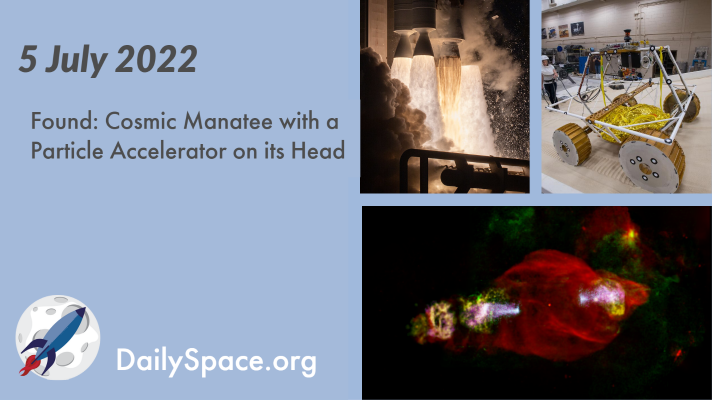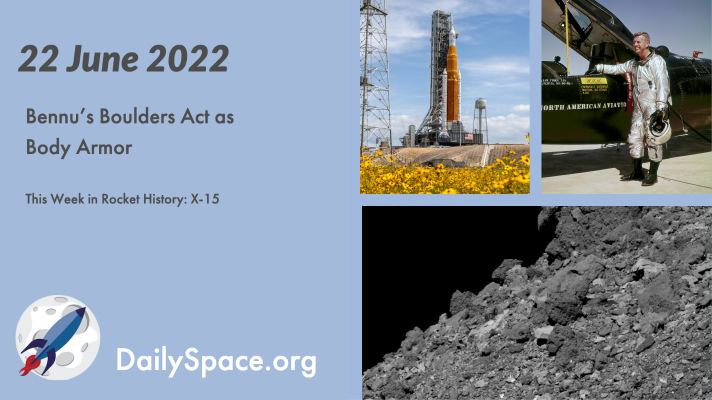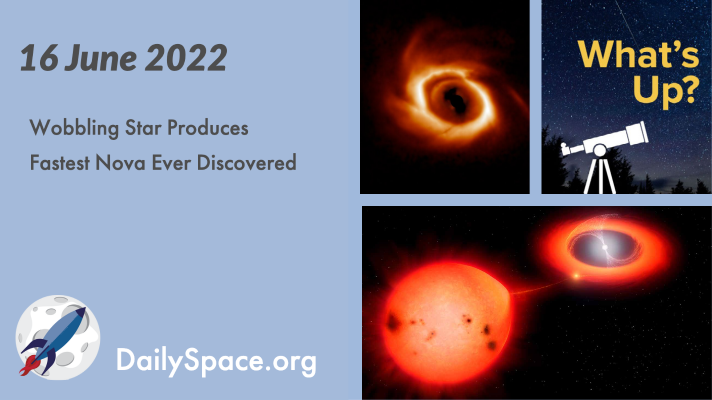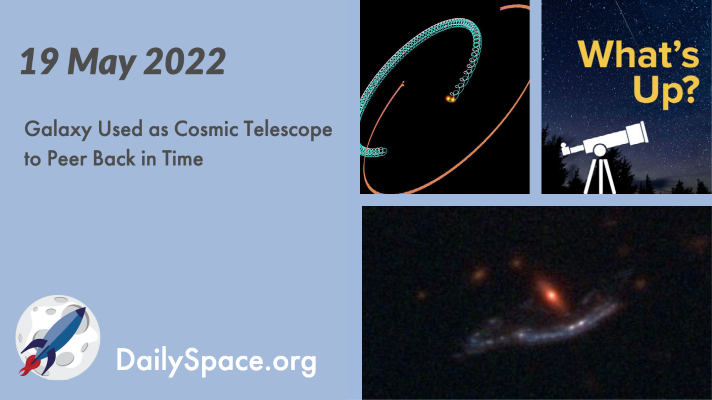
Jul 6, 2022 | Daily Space, Galaxies, Mars, Moon, Nebulae, Neutron Stars / Pulsars, Rockets, Rovers, Space China, Virgin Orbit, Zhurong
Scientists observing the Manatee Nebula find that the supernova remnant contains a stellar-mass black hole that is emitting powerful, high-energy jets, creating the strange, double-lobed shape. Plus, rocket launches, mission updates from Mars and the Moon, and a spinning galaxy from the early universe.

Jun 23, 2022 | AAS, Artemis, Asteroids, Climate Change, Earth, Galaxies, Pluto & Charon, Rockets, Space History, Star Forming Region
An analysis of the craters on Bennu’s surface provides evidence that the rubble pile asteroid is protected from smaller impacts by the boulders scattered on the surface. Plus, the SLS Wet Dress Rehearsal, dwarf galaxies around M81, and this week in rocket history, we look back at the X-15 hypersonic plane.

Jun 22, 2022 | AAS, Daily Space, Galaxies, Neutron Stars / Pulsars, Rockets, Spacecraft, SpaceX, Star Forming Region, Starlink, Stars, Supernovae Remnants, White Dwarfs
Researchers using the Chandra X-ray Observatory have found that a known pulsar is moving through a supernova remnant at over one million miles per hour. Plus, the life and death of stars, new pictures of the Large Magellanic Cloud, and all of the SpaceX rocket launches.

Jun 17, 2022 | AAS, Asteroids, Daily Space, Earth, Exoplanets, Nebulae, Sky Watching, Spacecraft, Star Forming Region, Supernovae, The Sun, White Dwarfs
Observations of V1674 Hercules reveal a nova produced by the white dwarf star that dimmed in only one day. Additionally, the strange star wobbles every 501 seconds, producing flashes in visible and X-ray light. Plus, more results from the 240th meeting of the American Astronomical Society, a farewell to SOFIA, and What’s Up is the June solstice.

May 25, 2022 | Daily Space, Earth, Fast Radio Bursts, Galaxies, Lucy, Neutron Stars / Pulsars, Planetary Nebulae, Spacecraft, The Sun
Fast, strong magnetic winds caused by quickly rotating pulsars may be accelerating particles like electrons to extremely high-energy states and creating gamma-ray photons in their wake. Plus, missions close to home, large and distant objects, some pretty Hubble photos, and laser simulations of fast radio bursts.

May 20, 2022 | Daily Space, Earth, Galaxies, Moon, Sky Watching, Spacecraft, Star Forming Region, Stars, Supernovae, The Sun
With a groundbreaking technique, astronomers have used a galaxy as a gravitational lens to backlight two hydrogen clouds, peering back 11 billion light-years at our early universe. Plus, volcano water on the Moon, a quadruple star system, and this week’s What’s Up takes a careful look at the Sun.








 We record most shows live, on Twitch. Follow us today to get alerts when we go live.
We record most shows live, on Twitch. Follow us today to get alerts when we go live.